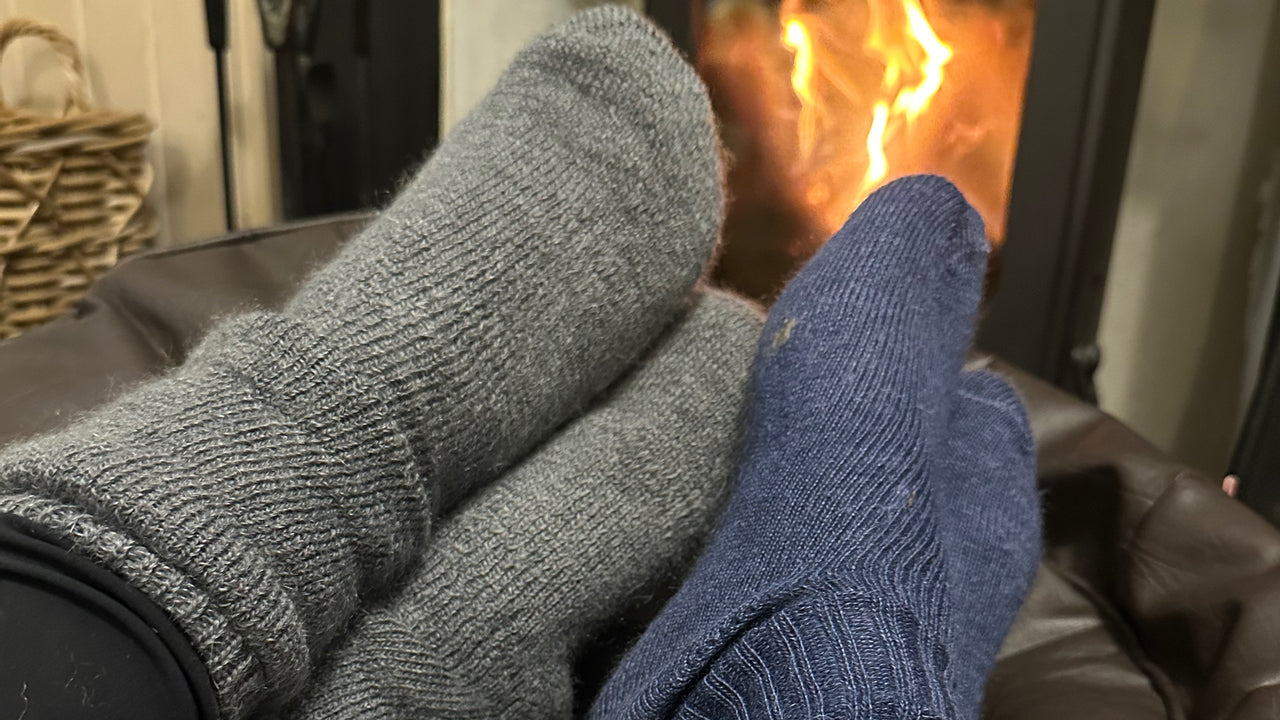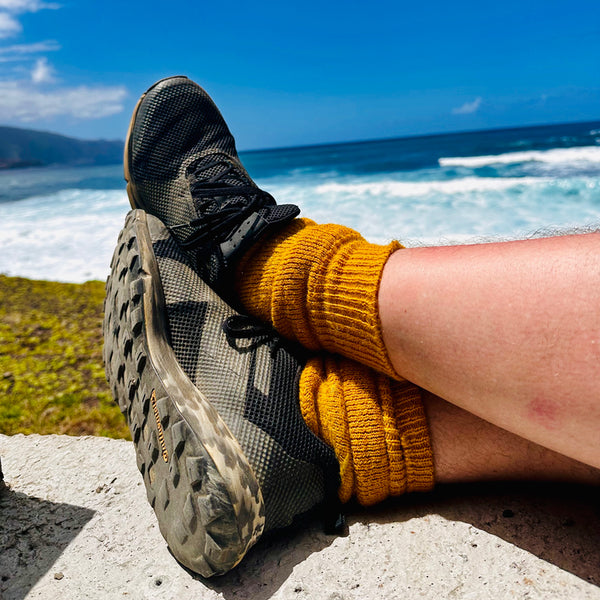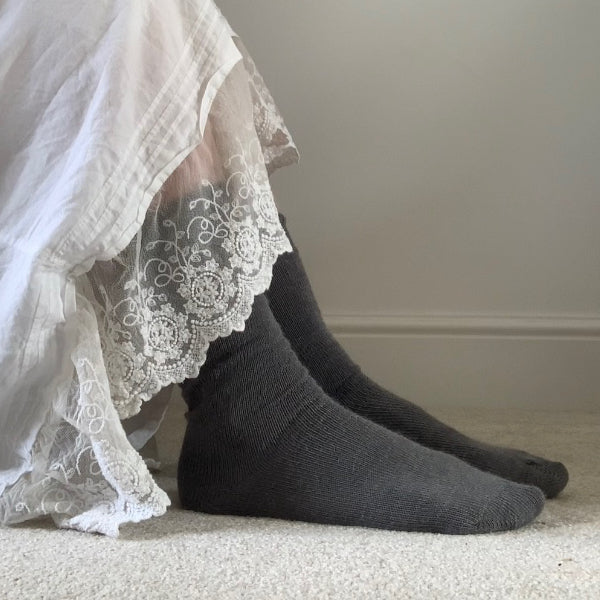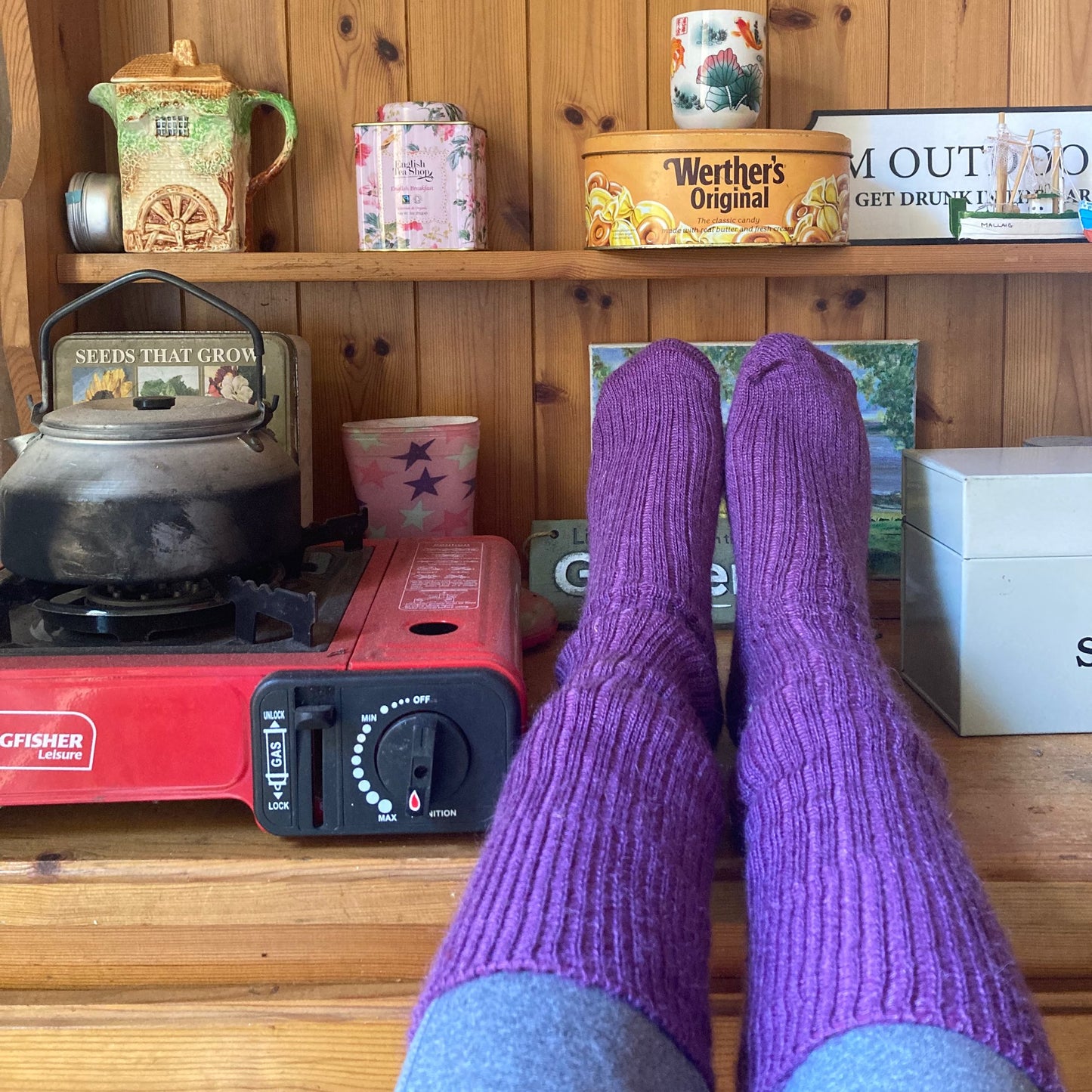
Winter’s icy grip can be unforgiving if you suffer from cold feet, in this article we look at 5 top tips to keep your feet warm.
From chilblains and stiffness to numbness and aching joints, the cold can wreak havoc on your comfort and mobility, it is essential that you look after your feet and keep them warm this winter.
5 top tips for keeping your feet warm this winter
-
Boost Circulation - ways to warm your feet up
Gentle foot exercises and warm soaks can improve circulation.
The exercises covered in the above video that will take you though how to warm your feet up.
1. Put on socks
2. Ankle dorsiflexion/ plantarflexion - toes pointing away and towards you
3. Active Straight leg raise
4. Curl/flex and extend toes
5. Ankle Circles clockwise and counterclockwise
6. Massage LIV3 Acupressure point 7
7. Massage SP6 Acupressure point
8. Squeeze foot (heel to toe and toe to heel)
Pair these foot exercises with some loose topped socks to lock in warmth and promote better blood flow. By not having elastic at the top of the socks this will enable blood to freely flow into your feet, keeping your feet warm.
-
Layer Wisely
Layering is key, but avoid tight-fitting socks or shoes that can restrict circulation.
On a recent expedition to Svalbard, Noway, about 600 miles from the North Pole, Paul Freeman takes you through how he layers socks and uses our Surrey socks as the base layer.
-
Keep Your Feet Dry
Damp feet are a recipe for cold discomfort.
Damp feet feel colder because water is an excellent conductor of heat, much better than air. Here's why:
- Heat Transfer: When your feet are damp, the water on the skin conducts heat away from your body much faster than air would. This rapid loss of heat makes your feet feel colder.
- Evaporative Cooling: Water on your skin evaporates into the air, which requires energy in the form of heat. This heat is drawn from your skin, causing a cooling effect.
- Reduced Insulation: When your socks or shoes are wet, they lose their insulating properties. Dry materials trap air, which acts as an insulator. Wet materials, on the other hand, conduct heat away from the body instead of trapping it.
- Nerve Sensitivity: The skin on your feet contains many temperature-sensitive nerve endings. When heat is lost quickly due to dampness, these nerves send strong signals to your brain, amplifying the sensation of cold.This combination of heat conduction, evaporative cooling, and reduced insulation makes damp feet particularly prone to feeling cold.
Often people think that you get blisters from wet feet, but this fascinating video shows you that this is not the case. -
Invest In Quality Footwear
Insulated and waterproof shoes are a must, If you are outdoors think about how a thick lining may help but also think how your sock can help with this.
-
Choose The Correct Socks
Your sock choice will differ greatly on a number of factors, the key ones are -
- Will you be wearing them indoors our outdoors?
- How much room do you have in your footwear to accommodate a thicker sock.
If you can wear a thick sock look for a pair with a terry towelling loop in, this will trap the air and this will then be warmed up by your feet and give you great insulation. Our Derbyshire socks have terry towelling loop throughout it's whole length.
If you are looking for a thinner sock look at our Sussex, the loose topped sock.
Stay ahead of the cold and treat your feet to the luxurious warmth of Capricorn Mohair Socks this winter. Your toes will thank you!
Further reading
1. Capricorn Mohair Socks - full range
2. Cream socks - why are they so kind to your feet
3. Health Conditions - Why choose Mohair Socks
6. 600 miles from the North Pole



